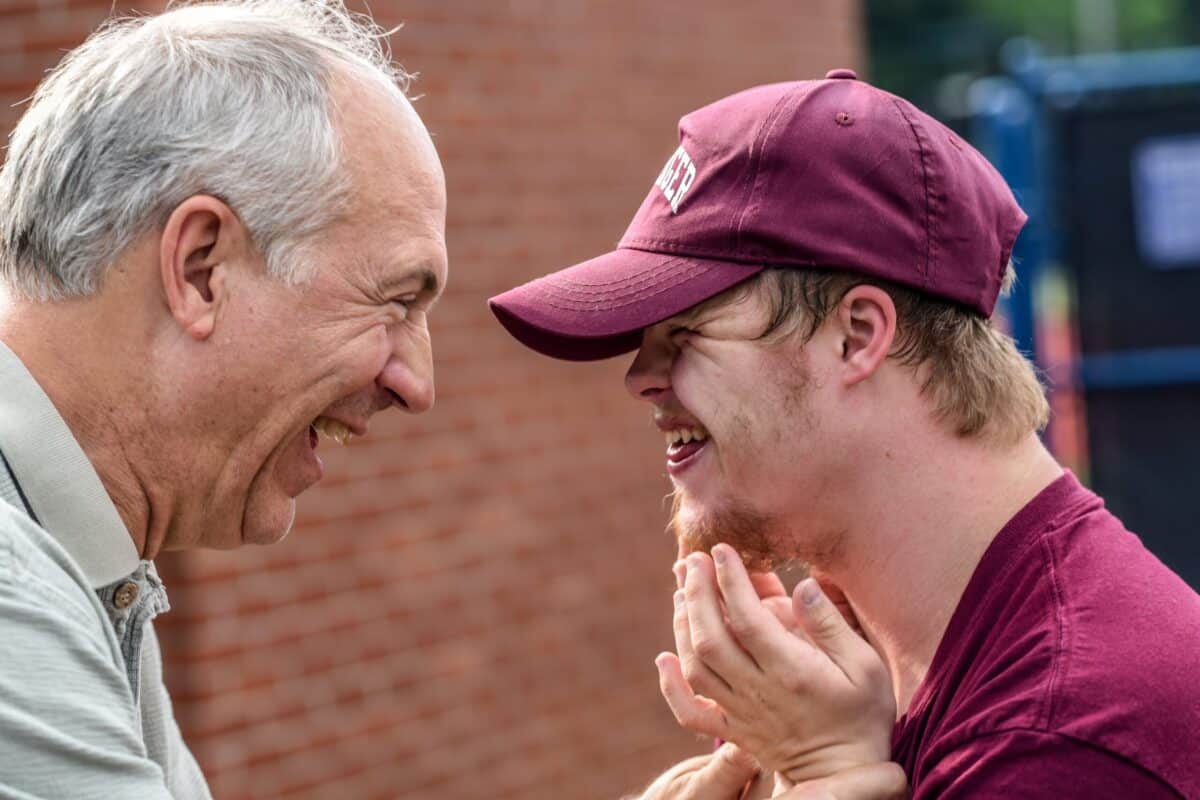John Beauchamp reflects on how we might disempower the able-disabled dualism and place disability within the context of our shared human experience of limit.
Over many years much time and effort has been put into trying to explain and define disability by contextualising it in different ways. These efforts have resulted in models being created that attempt to articulate a world view into which disability can be neatly slotted and tidied away. So, we have the medical model, framing disability within a medical context. The social model, framing disability within a social context. And the minority model, framing disability within a cultural context, and others as well of course. The models can seem very different, but there is one major common and consistent element that runs through them all. In order for any of these models to work, in order to sustain them in anyway, disability has to be defined against the idea of ‘able.’ A dualism has to be set up: disabled and non-disabled, abnormal and normal, functional and dysfunctional. A dualism that is largely set up and defined by those who sit on the more powerful side. Set up and defined by those who regard themselves as able, normal and functional. The doctor labels and describes your condition and tells you if what you experience is a disability or not. Powers in society decide what adaptations will be made and so draw the boundaries over which you cannot cross. And the predominant culture decides how and where minority cultures can exist or whether they should be pushed to the side and hidden on the edges. All of which is largely out of the control of disabled people. In these models things are largely done ‘to’ us or ‘for’ us as disabled people, but rarely done ‘by’ us.
A few years ago, when I was on study leave, I was exploring all of this when I stumbled across a different sort of model. This is Deborah Creamer’s limits model. The ‘limits model’ struck me as saying something really useful and significant. You can read about it in her book – Disability and Christian theology – Embodied limits and constructive possibilities, Oxford university Press 2010
The thinking goes like this: As human beings we almost universally define ourselves by what we are and what we can do. We define ourselves from within an ableist paradigm, I am, I can, I do, etc. People create and articulate an identity for themselves, but an identity that is very individualistic. An identity that singles me out from everyone else. What would it be like though if we thought of ourselves, not from the perspective of gift and ability, but from the perspective of limit? After all, although we are all very different people, our one common experience across the whole of humanity is that of limit. We are limited people. Our embodiment in this three dimensional, physical world sets limits for us, and each of us in different and unique ways are limited. In fact, it is our limited nature that creates our need for each other. Our need for society and community and family. In this, our human limits, whatever they might be, are not deficits or negative experiences, but are the oil that make a cohesive society work. The interaction between my limits and your limits are opportunities for creative encounter, for invention and problem solving and innovation.
Although Deborah Creamer calls her model a limits model of disability, it is in fact a model of human existence. A model that demolishes many of the divisions and dualisms we create, and particularly demolishes the able-disabled dualism, by inviting everyone into a shared experience of limit, or what Creamer calls limitness, where all our limits, including those that our society currently labels as disabilities, become a gift to community that enrich and extend the human experience. I’m not naive of course. I can’t see that our achievement driven, status hungry, wealth obsessed society will suddenly want to adopt this radical change of view. But the church is another thing. I think that we can find here a radical, counter-cultural model of being that as a church we can learn a lot from. A model that challenges the church to identify the ableist paradigm that so much of what we are is built on, and become a place where our limits become the ground, not just of creative human encounter, but of divine encounter. A place where the dualistic deficit model of disability that society perpetuates is completely demolished and done away with, and all of us together, as limited human beings each in need of each other, can become the Body of Christ. A body that is only completed when it fully recognises its wounds as integral to its very being.
